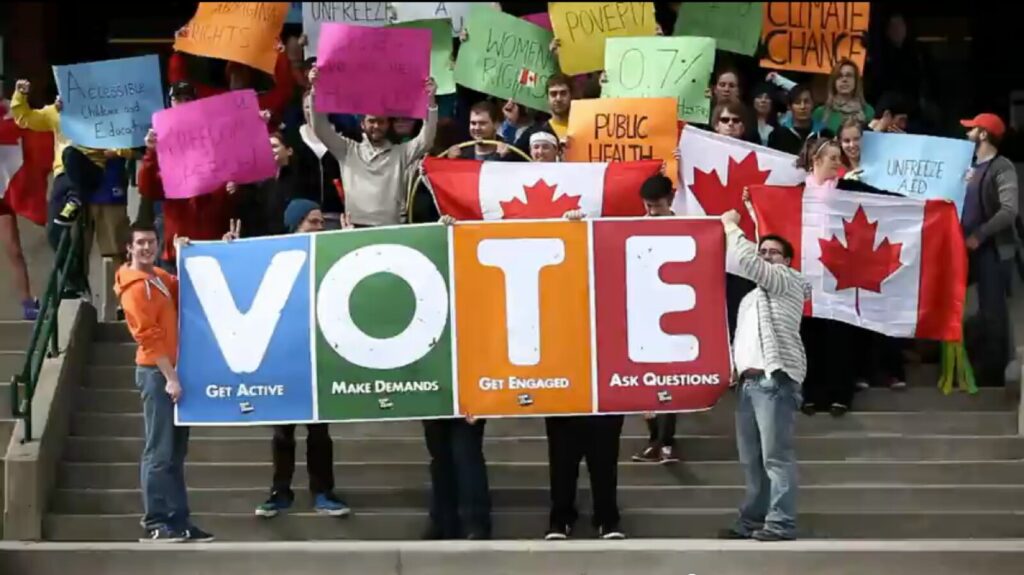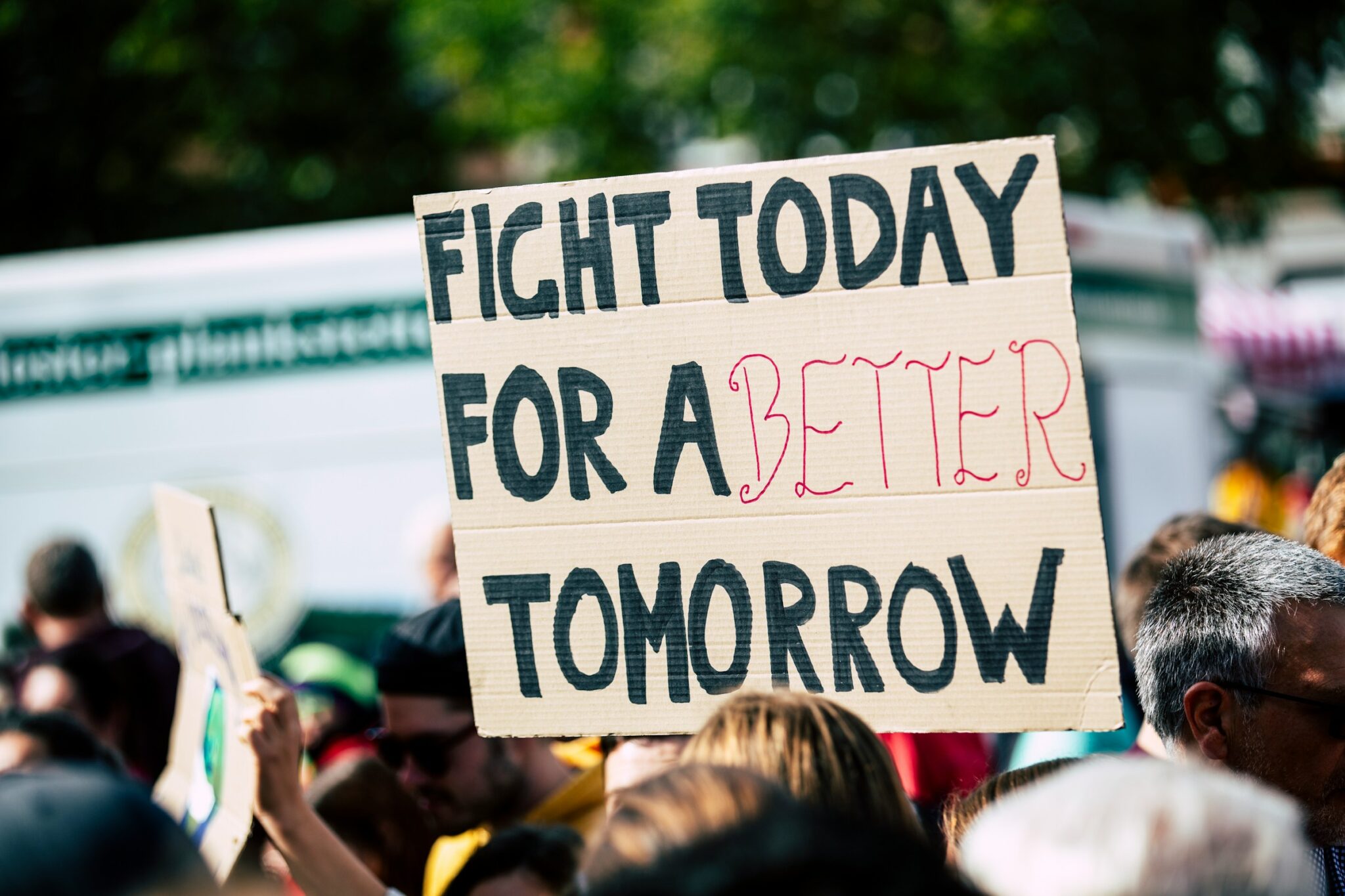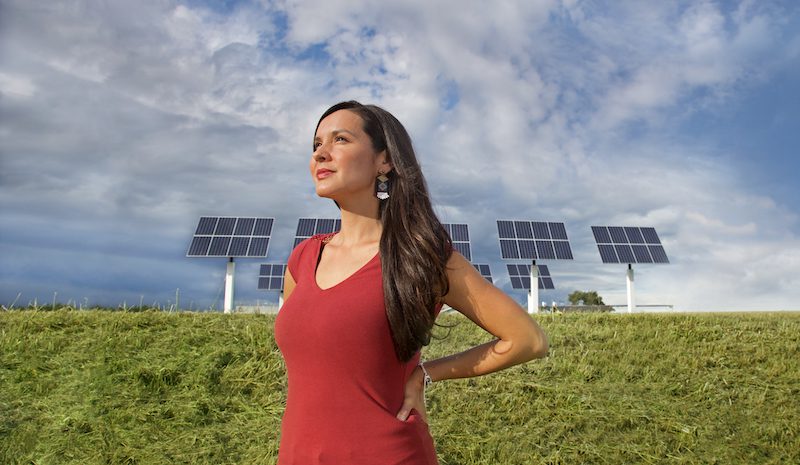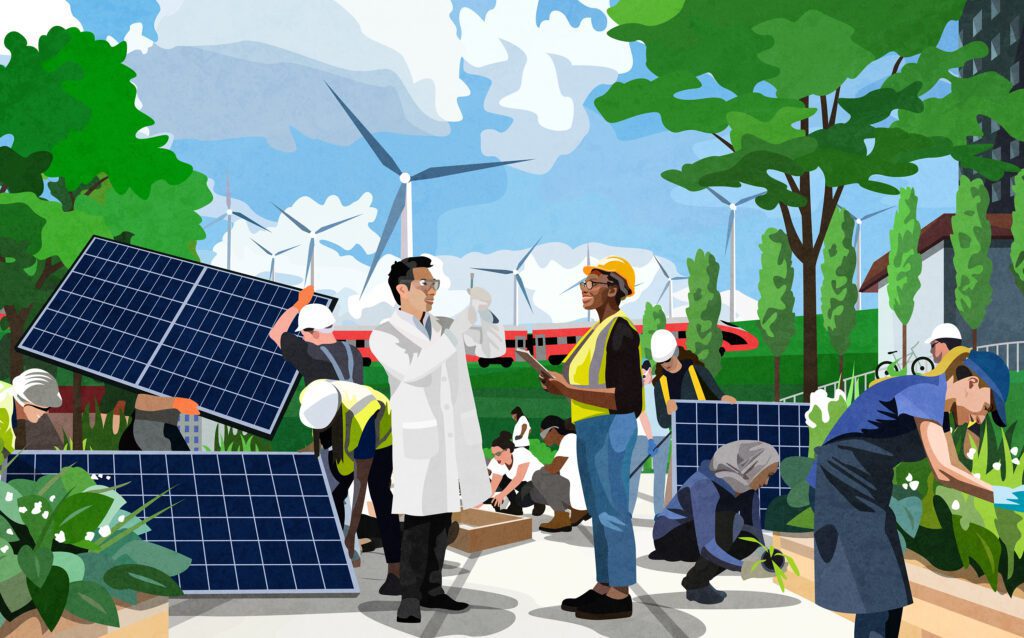It’s been said that action is the antidote for despair. If you’re ready to get more involved in fighting climate change and looking for ideas on how you can meaningfully contribute to climate solutions, then you’re in the right place!
Have you checked out our guide to six easy ways to get involved in climate action? If you’re new to climate action, we recommend reading that first.
We know the solutions to fight climate change. Now we need to urgently implement these solutions – and that’s where you come in.
Here are five actions you can take to fight climate change that combine individual and community action with system-level change.
So, ready to figure out how you can make an impact?
1. Find your piece of the puzzle


It’s hard to make a short list or offer a one-size fits all answer about what you can do to fight climate change, because the truth is there is no one-best way. It depends on where you are, what you’re good at, and what motivates you.
Are you a student who’s looking for career opportunities working directly on climate change science, or for a green job where you get to implement solutions on the ground? Are you searching for a new community or do you have a community you’re already a part of and want to bring climate action into that space?
If you’re established in your career, what does integrating climate action look like in your field? What skills do you have – web development? creative design? event planning? – that you can bring to the climate movement? The options and opportunities are nearly endless.
Climate change is multifaceted. While not having a silver bullet solution can be overwhelming, it also means there are thousands of ways to meaningfully contribute. There are a few different resources for discovering what the right piece of the puzzle is for you to take on. One example that I’ve found useful is the Climate Venn Diagram exercise, which prompts you to discover what’s at the intersection of these three questions:
- What are you good at?
- What brings you joy and satisfaction?
- What is the work that needs to be done?
2. Find people to take climate action with


You can instantly scale up your impact by doing this work with others.
If you’re already active with your community, that’s a great place to start. Consider rallying your soccer club, school, faith group, union or community centre to talk about climate change and what actions you could take together. This might look like finding ways to reduce emissions in the places you gather, supporting each other to take individual actions, or using your unique perspective and collective voice to advocate for climate action in your community and beyond.
If you’d like to get connected with a new community of people already involved in climate action, look for groups that bridge your interests with climate change that you can join in your area. And no matter where you are, you can sign up with Environmental Defence and look out for opportunities with us to engage and connect with like-minded people.
3. Embrace political advocacy


Political action and advocacy is crucial to climate action, because changing the larger system is the greatest opportunity to reduce emissions, and changing the way our economy and society operate requires government action.
The fossil fuel industry continues to be the biggest barrier to climate action in Canada. And there are Climate Villains with money, resources and power, who benefit from the status quo that are fighting against the energy transition and other solutions we need to stabilize the climate.
There are a lot of ways to embrace political advocacy. You can sign petitions like this one to Stop Big Oil or you can write directly to your local, provincial or federal representative and ask them to support policies and plans that meet Canada’s goals to reduce greenhouse gas emissions. The more these representatives hear from you, the more they’ll know that it’s a priority for their constituents.
Voting in elections and supporting candidates that prioritize climate action can help get important climate policies passed and bring about institutional change. Anywhere you vote, federally, provincially, locally, and even in places like your school board or union, you can ask candidates how they plan to embrace climate solutions.
Keeping the pressure on beyond the ballot box is important too. For example, lots of solutions for reducing emissions and adapting to climate change will happen at the local level. That makes participating in municipal climate planning and advocacy really valuable.
4. Support clean energy


Transitioning how we produce and consume energy is crucial for reducing fossil fuel emissions.
If you’re a homeowner or building manager, do an energy audit and consider investing in energy efficiency or home retrofit options that are most effective for your place. For example, it may lead you to improve your building’s insulation, or switch your home heating system to an electric heat-pump, which also provides cooling in the summer. For more on these ideas, and to learn about government incentive programs, check out our Green Flags campaign.
Look for ways to embrace clean, renewable energy. This might look like putting solar panels on your house or community building through a net-metering program with the utility or supporting a local renewable energy project in your area.
For all of these options, look for federal and provincial programs and rebates that can reduce the costs and help make these changes more accessible.
If it’s within your means, you can purchase an electric vehicle (EV) or a plug-in hybrid car. In places with a clean electricity grid, like Ontario or British Columbia, this can reduce your carbon emissions from transportation by up to 90 per cent compared to a gas or diesel powered car. More and more people are also switching to EVs because they’re cheaper than gas over the lifetime of a vehicle, when you include upfront costs, refueling, and maintenance. Using the 2021 average of $1.45 per litre for gas, reports estimate drivers could save $10,000-$15,000 with an EV.
Not everyone is in a position to make changes that have an upfront financial cost, but there are still ways to support the energy transition. For example, you can advocate in support of proposed federal rules to clean up the electricity grid. And you can look for opportunities to let your municipality and province know that you support the energy transition and rally your community around the benefits of community owned renewable energy projects. If you live in Ontario you can tell the government not to build more polluting gas plants.
5. Don’t give up


Climate change is one of the most pressing challenges society faces. The scale of the crisis can seem overwhelming, and it makes sense that people are expressing climate anxiety, and even what’s sometimes called eco-grief.
We know it can be daunting alone. No one person can do it all or save the day. It’s something we have to work on together. If we all do our part, take collective action, embrace diversity in our approaches, and implement a wide range of ambitious and impactful solutions, then it’s not too late to prevent the worst outcomes for the climate. And the chance to protect our beautiful, amazing planet, home to every person we love and every home we know, is absolutely worth fighting for.
So, don’t give up. There’s still so much we can do.
The climate movement in Canada has had major wins; from protecting the Greenbelt in Ontario to Quebec’s ban on oil and gas extraction; from important progress on federal climate policies to communities implementing local solutions, and so much more. While not on track to stay within 1.5 degree warming yet, there has been significant effort around the world to reduce emissions and tackle the roots of the problem. Solutions are gaining momentum, and we need everyone to jump on board this bandwagon.
So, thank you! We are so happy that you are part of the movement advocating for climate action! And I hope we’ve been able to highlight some useful ways you can make climate action a meaningful and impactful part of your life.







